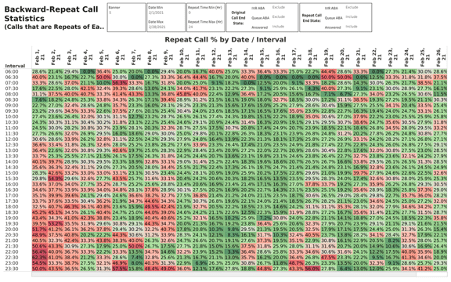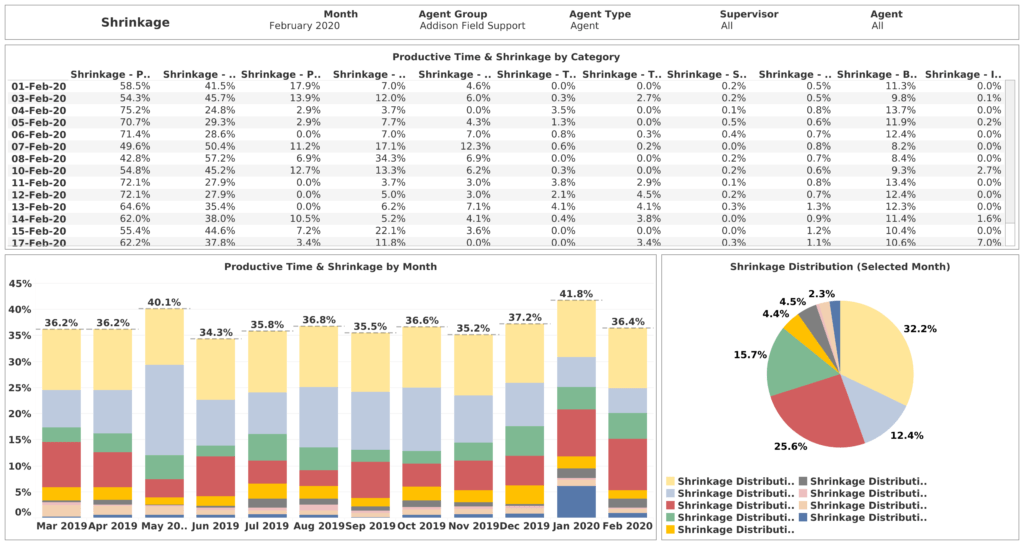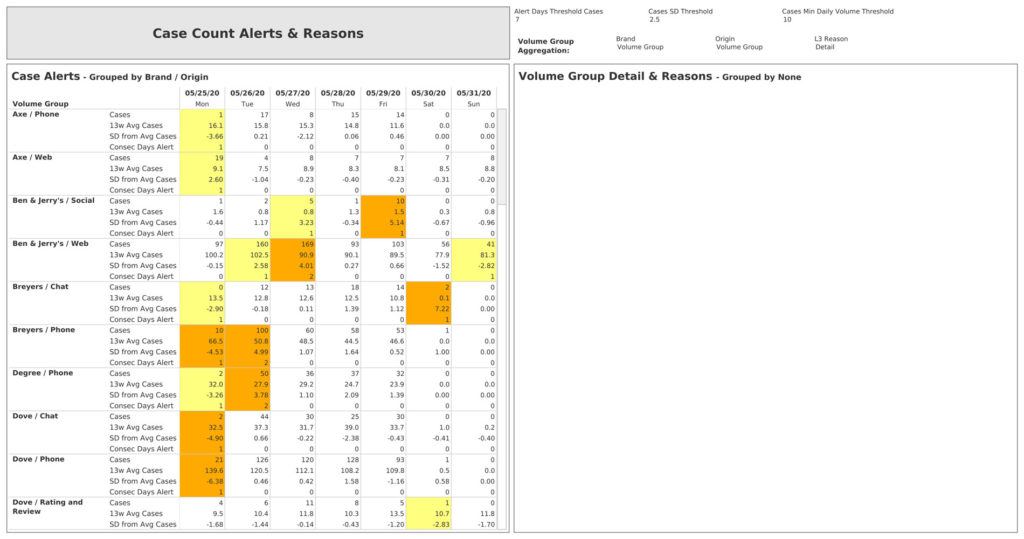Three Call Center Metrics You Should Be Tracking – But Probably Aren’t
28
September 2021
Eventus
When it comes to measuring the success of your customer call center, there’s no shortage of lists telling you which metrics to track. Many of these focus on Average Handle Time, with Case Processing Time close behind. Call Volume is a big one too. In fact, almost every resource out there lists these, along with First Call Resolution, Drop/Abandonment Rate, and Average Time in Queue among the “top ten most important” call center metrics.
These are all important metrics that deliver critical insights into the satisfaction of your customers and the success of your customer service team. There’s no question about that. But are these the only metrics you should be watching? Not by any means. You need more data not just to measure the success of your team, but also for forecasting. There are other KPIs we believe every business should monitor – they’re just a little trickier to track.
Here are three key call center metrics you may be overlooking today.
#1 – Repeat Call Percentage
Repeat Call Percentage goes hand-in-hand with “First Call Resolution.” Tracking this KPI can help the business understand how often a specific issue or problem couldn’t be resolved by an agent on a single call. It can also reveal an area of weakness among a certain team or with a certain agent, and an opportunity for support and growth. Equally important, it’s also an objective measure of your customers’ behavior.
With respect to the first reason for repeat calls, there is the occasional issue that may be more complex than you initially thought, and your team may not be trained properly to address it. In these cases, requesting feedback from customers may help reveal the problem, whether it’s a skipped step in setup or a tech issue you hadn’t been aware of – or something more serious. Generally, problems like this can be solved with more robust self-service options. Make sure FAQs and other support documents are up-to-date and reflect any fixes necessary to reduce calls on this issue. Updating the team on resolution strategies is also key.
Occasionally, repeat calls may be related to a particular agent or team of agents that hasn’t been properly trained on a set of issues. It may be that the supervisor isn’t aware of a particular solution, and as a result, the entire pod is unaware. This represents a coaching opportunity. If the team can be trained on a solution to the problem, those repeat calls can be reduced, improving customer experience – and elevating the performance metrics for the entire call center.


#2 – Shrinkage
Shrinkage represents the number of hours lost to things like coffee breaks, bathroom breaks, sick days – even team meetings or other office events. The best way to calculate shrinkage is to divide the number of hours agents work actively by the number of hours they potentially could be working actively, addressing customer issues. . It’s a great measure of agent productivity – or the lack thereof.
In terms of customer experience, having fewer reps on the floor at any given time can result in longer hold times and other issues. It also means that the business is paying agents for work that isn’t being done, and that negatively impacts the bottom line.
Additionally, shrinkage is a critical call center metric for Workforce Management (WFM) planning. While, admittedly, shrink is difficult to both define and measure, it’s worth taking the time to determine an appropriate definition for your organization and a reliable way to calculate it. The “guesstimating” many analysts rely on today may do more harm than good: If you’re not accurately tracking shrinkage, you may be over- or under- estimating your staffing needs.
It’s important to remember that while shrinkage has an impact on customer experience, cutting it often does too. Cutting team meetings or birthday celebrations can reduce morale. Reducing training sessions – often the first thing to go – can also do more harm than good. Tracking and monitoring shrinkage, while simultaneously taking action to improve and reward employee engagement are the best ways to keep shrinkage low.

#3 – Volume Stream Monitoring and Outlier Detection
For large corporations with multiple brands and products under their umbrella, volume stream monitoring and outlier detection are among the most important reports to collect and analyze. It seems logical, but it’s surprising how many companies are not engaging in this practice.
The easiest way to illustrate the importance of this is with an example. Let’s say you’re an executive at a giant snack company with 15 well-known brands representing thousands of chip, cookie, and chocolate bar products sold all over North America. Now, what would happen if one day, calls around a particular candy bar were up slightly, and that volume continued for a few days. That might indicate a problem with quality either around a particular shipment or a particular batch – and it’s something your quality team should be aware of. In fact, a major crisis could potentially be averted if spikes in calls are detected early, analyzed, and shared with relevant teams.
A small increase in volume on a small subset of volume could be missed if only the overall volume is being monitored. It might be missed even if brand volumes, but not product volumes, are being monitored. Setting up automated monitoring for unusual trends on granular subsets of volume is not a common practice, but it can be the key to catching problems early. Granular volume stream monitoring can also catch more substantial issues – problems that could cause bigger disruptions in center operations – while they are still manageable, giving time for operations managers to take action.This can be important to brand managers and can improve the relationship between the contact center and other parts of the company. If Volume Stream Monitoring and Outlier Detection are employed, the call center is “looking out for” the brands it services, not just performing the expected base functions.

There are a million different KPIs call centers can track, but rather than taking a cookie-cutter approach, it’s important to determine which metrics matter most for your business. Beyond the obvious, there are a handful – like those listed above – that can dramatically impact your bottom line.
By working with a partner like Eventus Group, you and your team can uncover the call center metrics you need to be monitoring to keep your customers delighted and your business profitable.
Similar Blogs
Built In Honors Eventus in Its Esteemed 2024 Best Places To Work Awards
Denver, CO // January 9, 2024 —Built In today announced that Eventus was honored in its 2024 Best Places To Work Awards. Specifically, Eventus earned a place on Best Midsized Places to Work in Colorado in Denver. The annual awards program includes companies of all sizes, from startups to those in the enterprise, and honors both remote-first employers as well as companies in large tech markets across the U.S.
Eventus Solutions Group, a Tech Mahindra Portfolio company, Launches Navixus™
Eventus, a leading provider of digital transformation, consulting, and business re-engineering solutions, has announced today the launch of a new business unit Navixus™, within Tech Mahindra Business Process Services (BPS). Navixus™ will combine Tech Mahindra’s Business Process Services’ automation, analytics, and consulting with Eventus’ customer experience (CX) and transformation capabilities to offer a holistic digital transformation suite to customers.


